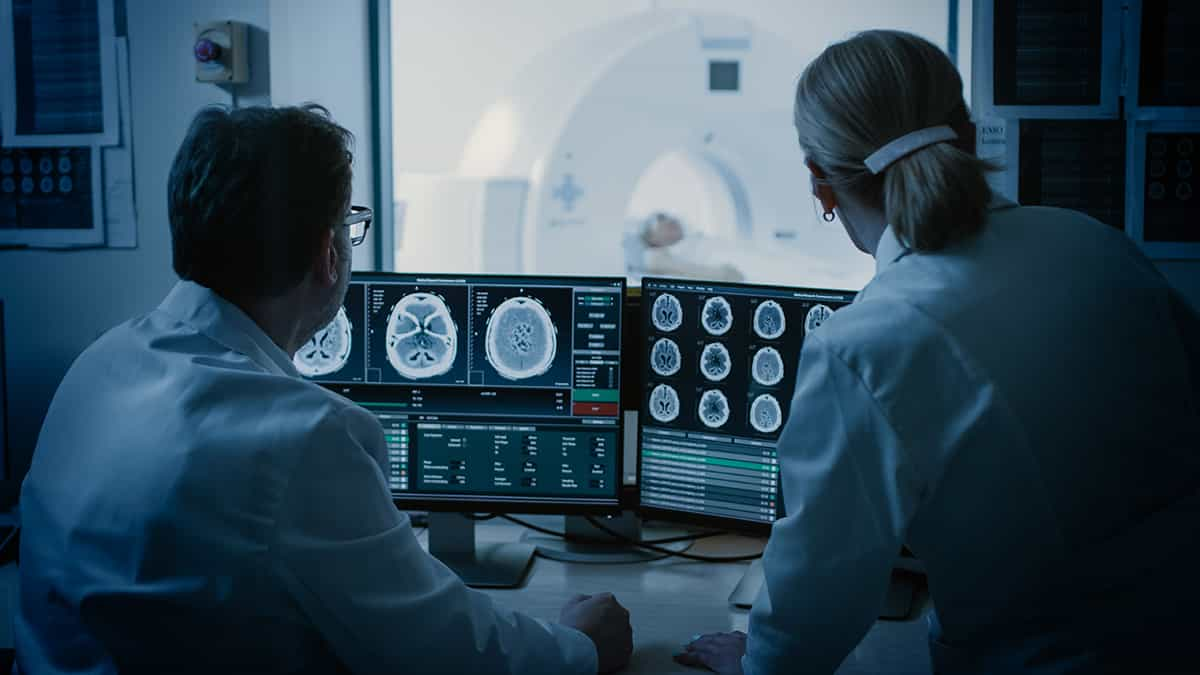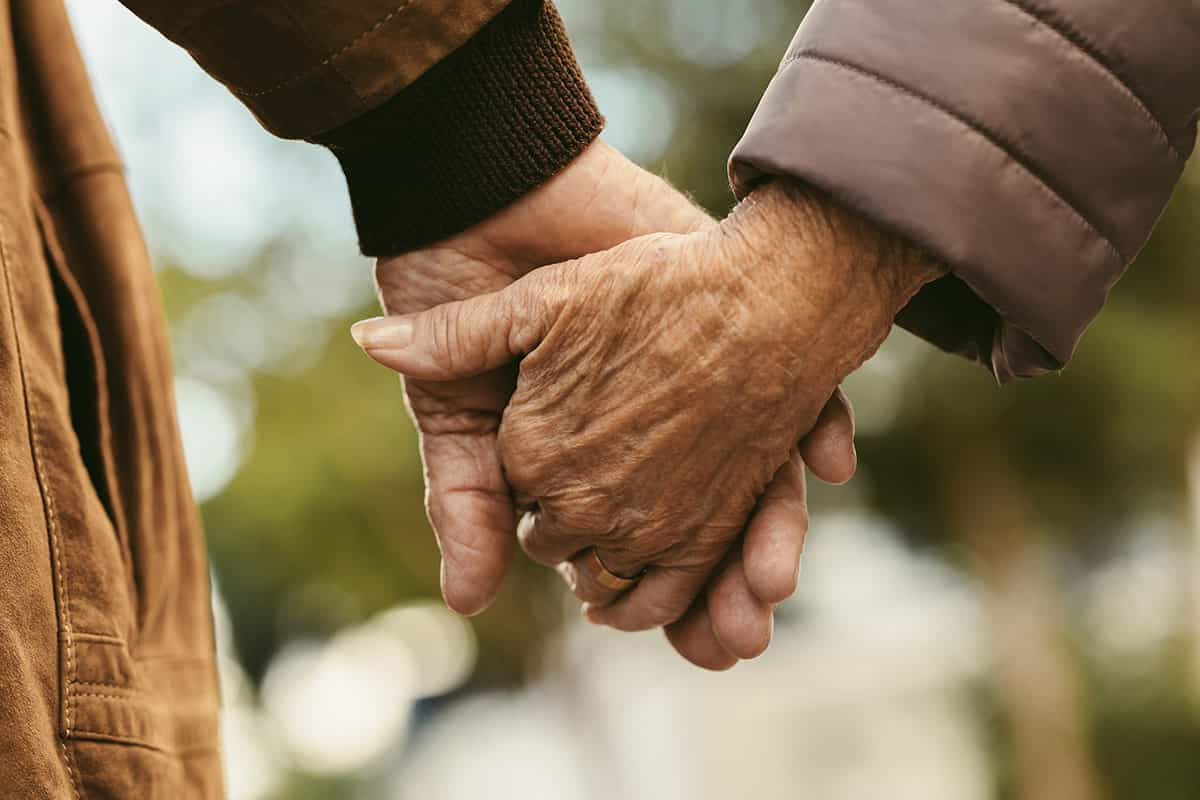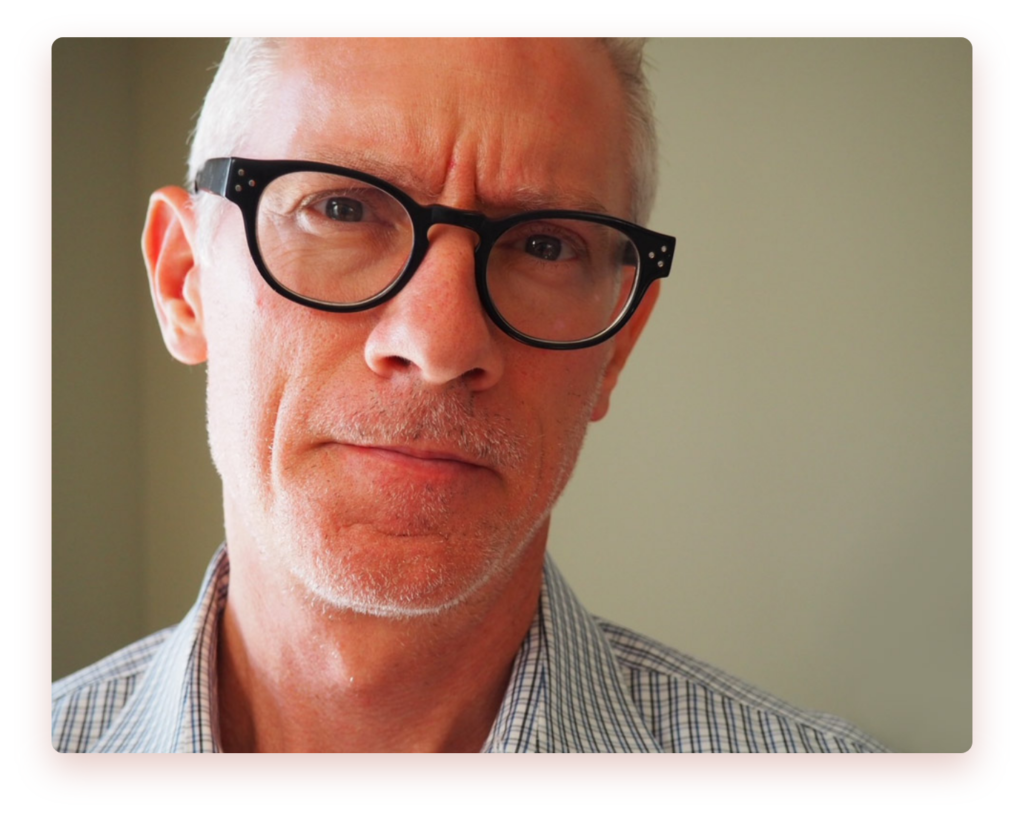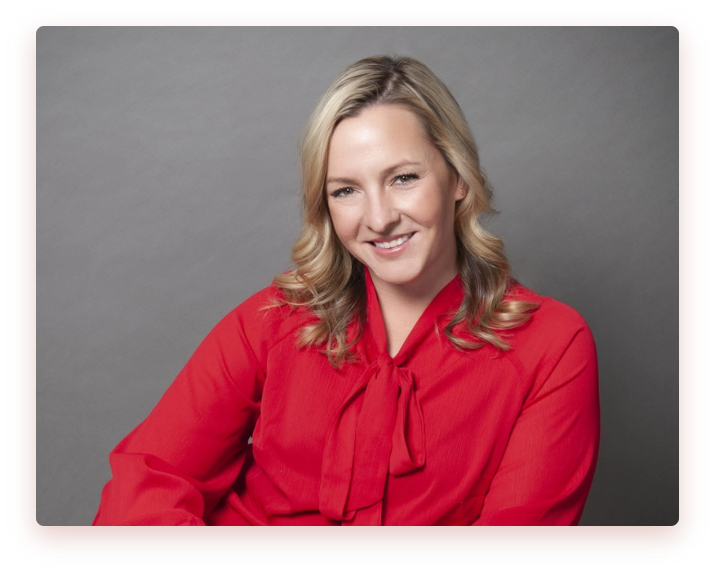When people say they have a “type” in romantic relationships, they’re not just being picky—they may be revealing something fundamental about how the brain encodes attraction and attachment. Neuroscientists and psychologists have shown that our brains develop what researchers call a “love map”: a set of preferences and emotional associations that shape who we’re drawn to, how we bond, and even how we behave in relationships.
This concept was popularized by psychiatrist John Money, who first coined the term “love map” to describe the internal blueprint for what a person finds erotically and romantically appealing. It’s shaped by early experiences, cultural conditioning, personality traits, and neurobiological wiring. Though Money’s original theories were controversial, the core idea has evolved through modern neuroscience and psychology: the brain does, in fact, encode romantic patterns and relational expectations.

Functional MRI studies have shown that when people are shown images of someone they love, specific brain areas light up—particularly those associated with reward and motivation, such as the ventral tegmental area (VTA) and the caudate nucleus. These regions are rich in dopamine, the neurotransmitter associated with pleasure, reward, and learning. Helen Fisher and her team found that the activation of these areas when viewing a romantic partner is similar to what occurs in the brains of people addicted to drugs like cocaine (Fisher et al., 2006). In this sense, love can be neurochemically addictive—and highly focused.

Notably, love maps are not entirely conscious. The kinds of faces, voices, smells, and even temperaments we find attractive often feel intuitive—but they are partly the result of repeated exposure, attachment experiences, and implicit emotional learning. For example, research suggests we may unconsciously seek out partners who remind us of caregivers, for better or worse (Fraley, 2010). This can reinforce secure patterns, or repeat dysfunctional ones, depending on our history.

Over time, long-term romantic bonding also involves shifts in brain function. As initial infatuation settles into attachment, oxytocin and vasopressin begin to play a greater role—these hormones promote bonding and trust, reinforcing emotional safety and pair bonding. Longitudinal neuroimaging studies show that people in long-term loving relationships still show strong reward responses to their partner’s face, but with more activation in brain areas related to empathy and caregiving, like the anterior cingulate cortex and the insula (Acevedo et al., 2012).
In short, the brain isn’t just passively reacting to love—it’s shaping it. Our preferences, emotional responses, and capacity for intimacy are encoded and updated throughout life, influenced by biology, experience, and context. Your love map isn’t destiny—but understanding it can help explain who you choose, why you stay, and how you grow.

Dr. Brian Sullivan is a licensed clinical psychologist with over 30 years of experience. He holds a PsyD Doctorate in Clinical Psychology as well as a Master’s Degree in Clinical Psychology from Florida Institute of Technology (FIT). Dr. Sullivan believes his job is to work himself out of a job by helping people reach a point at which they no longer need his help.

Rachel Kepes is a Licensed Professional Counselor passionate about helping adolescents, their families, and adults struggling with life stressors, relationship difficulties, behavioral and mental health challenges.